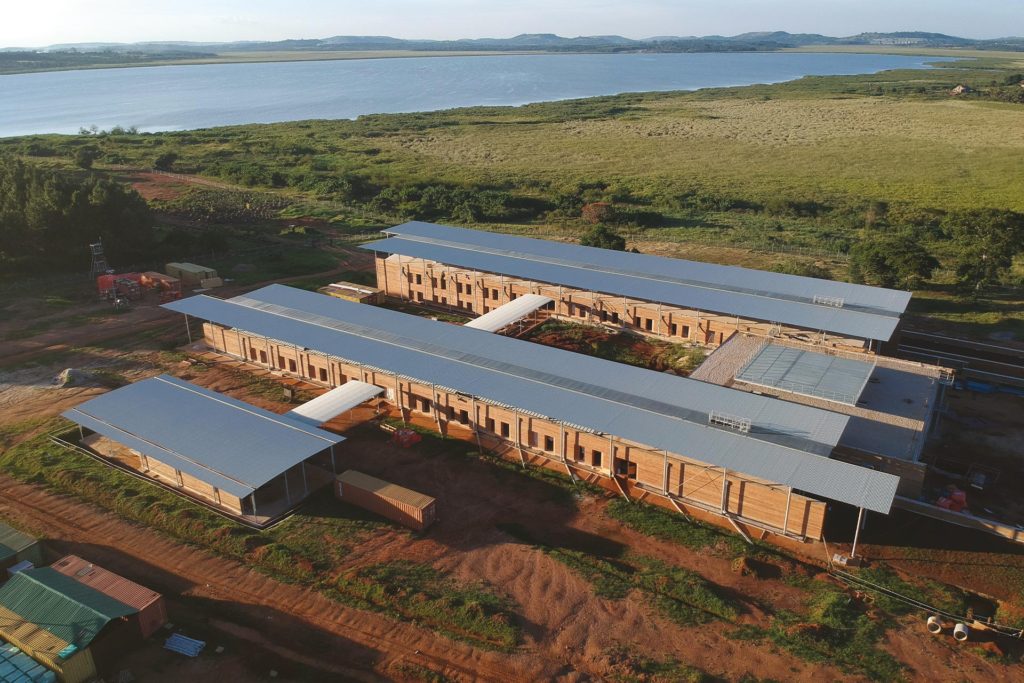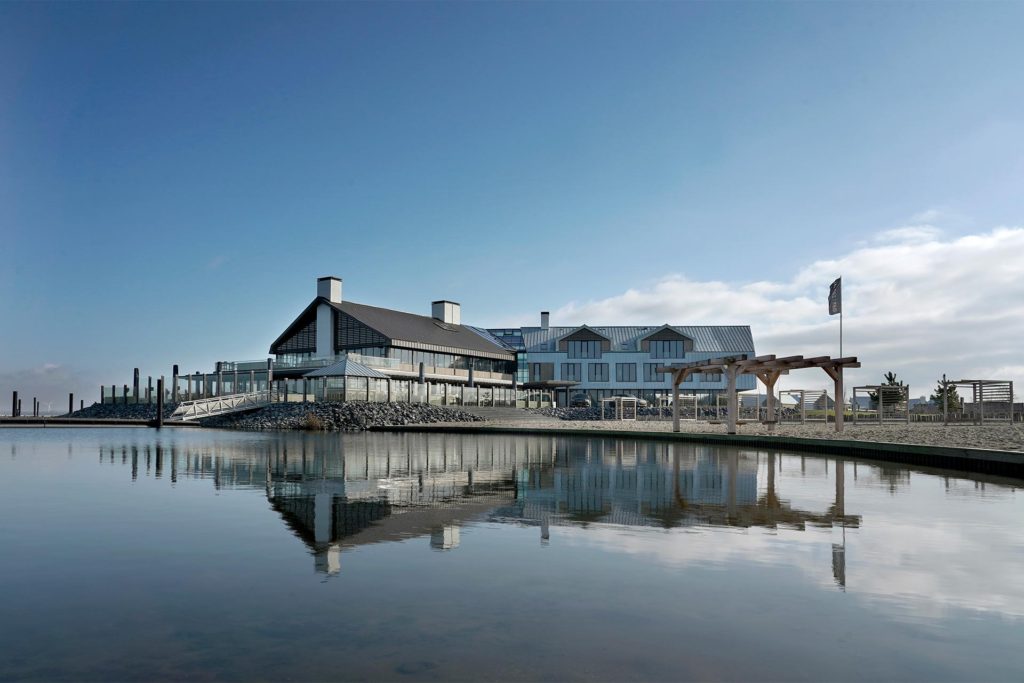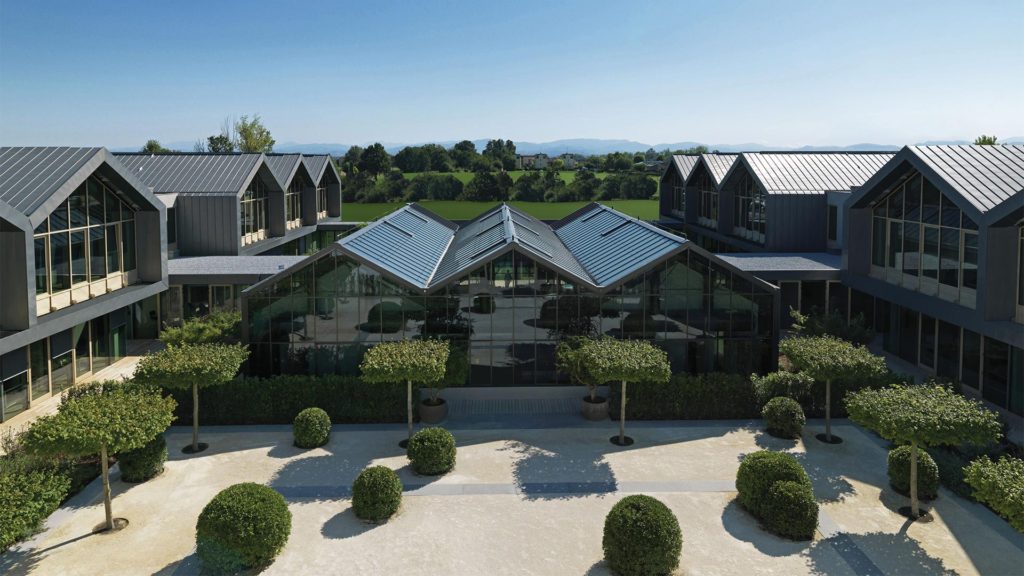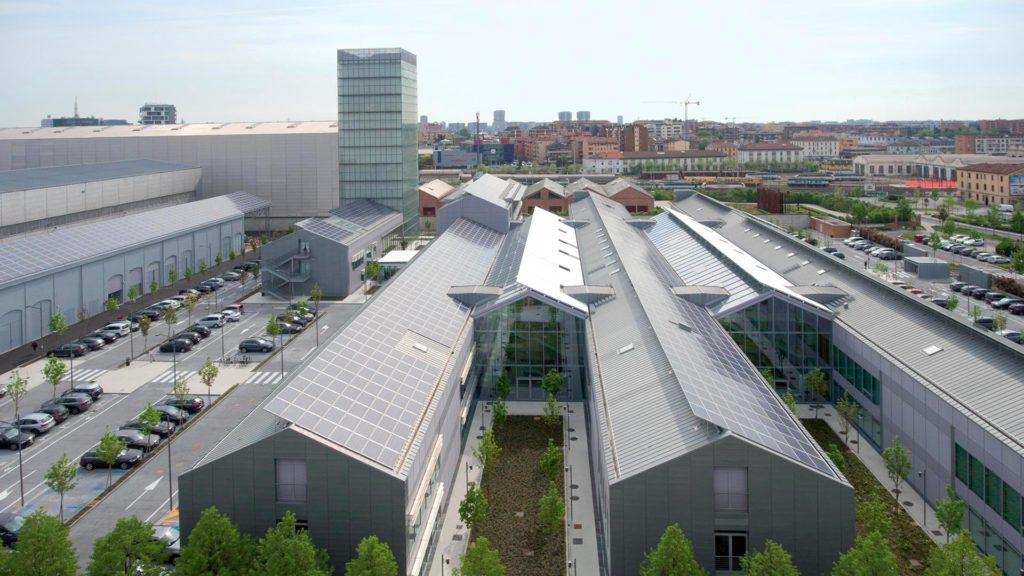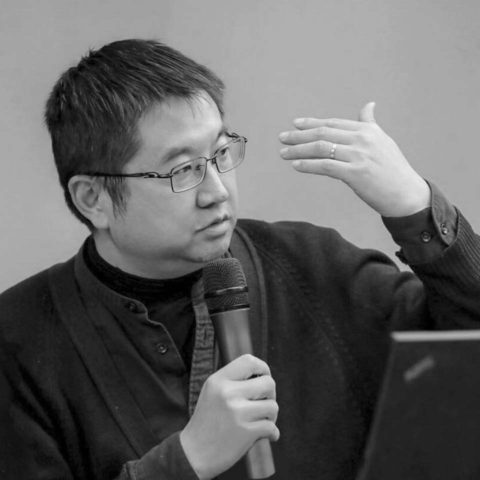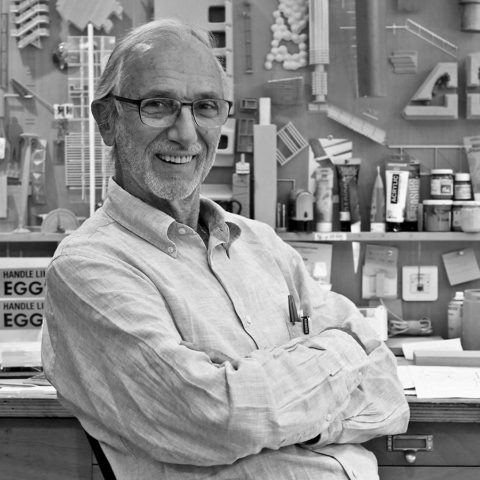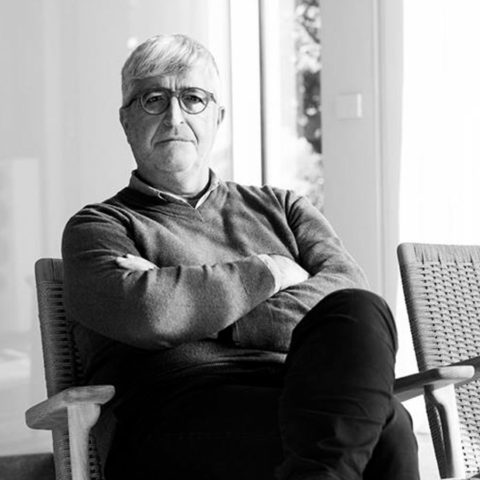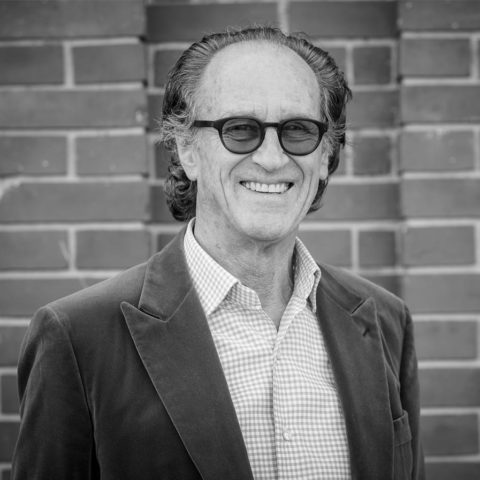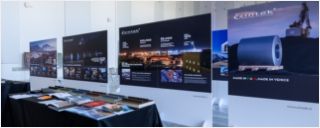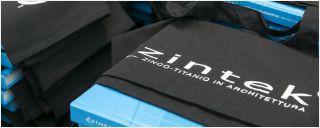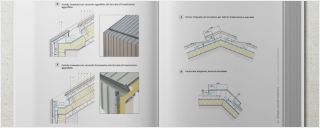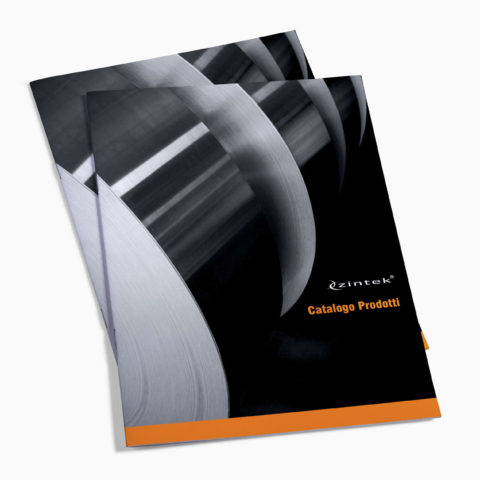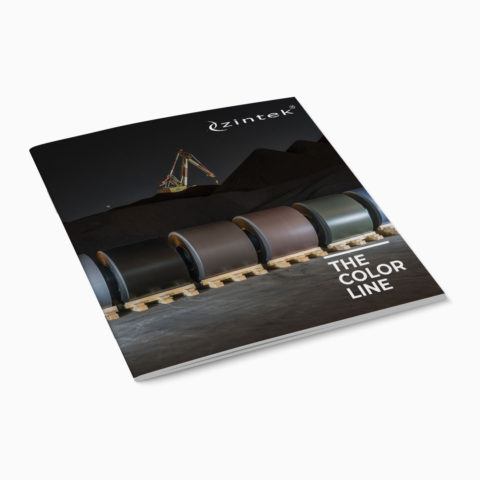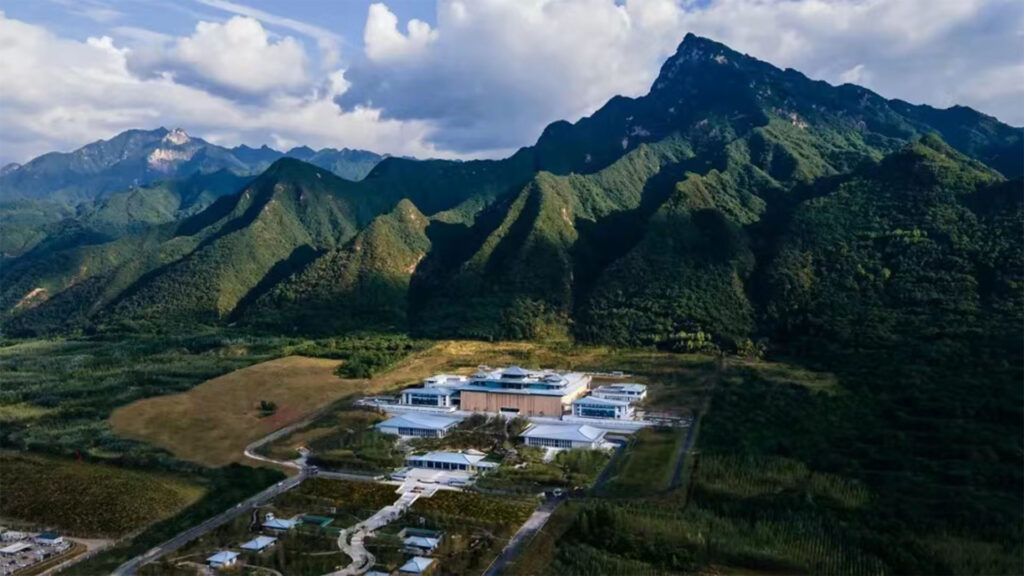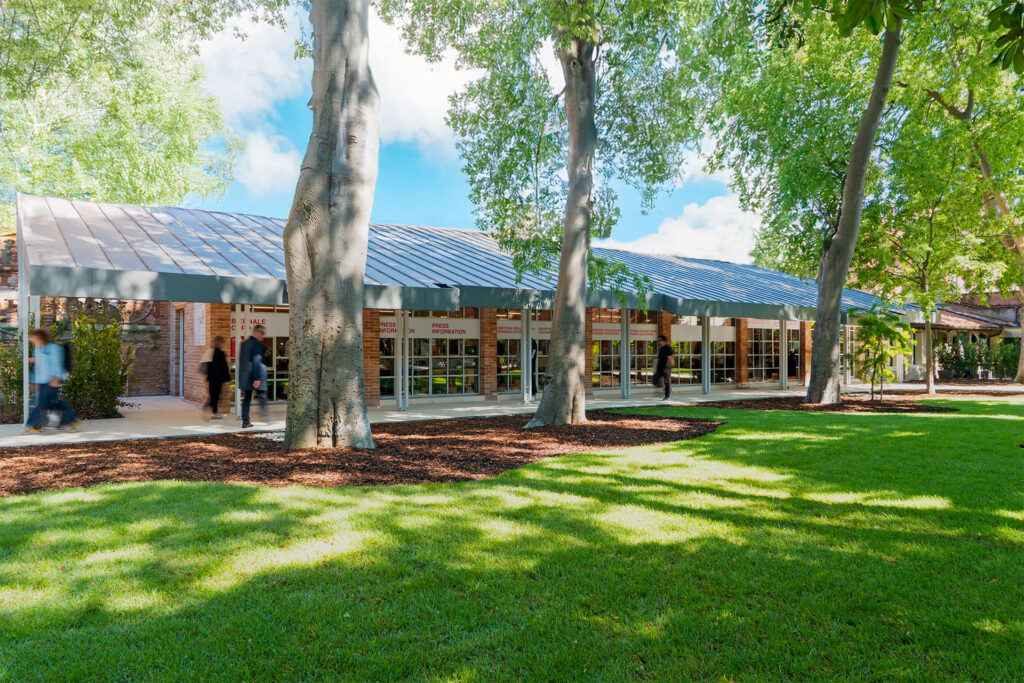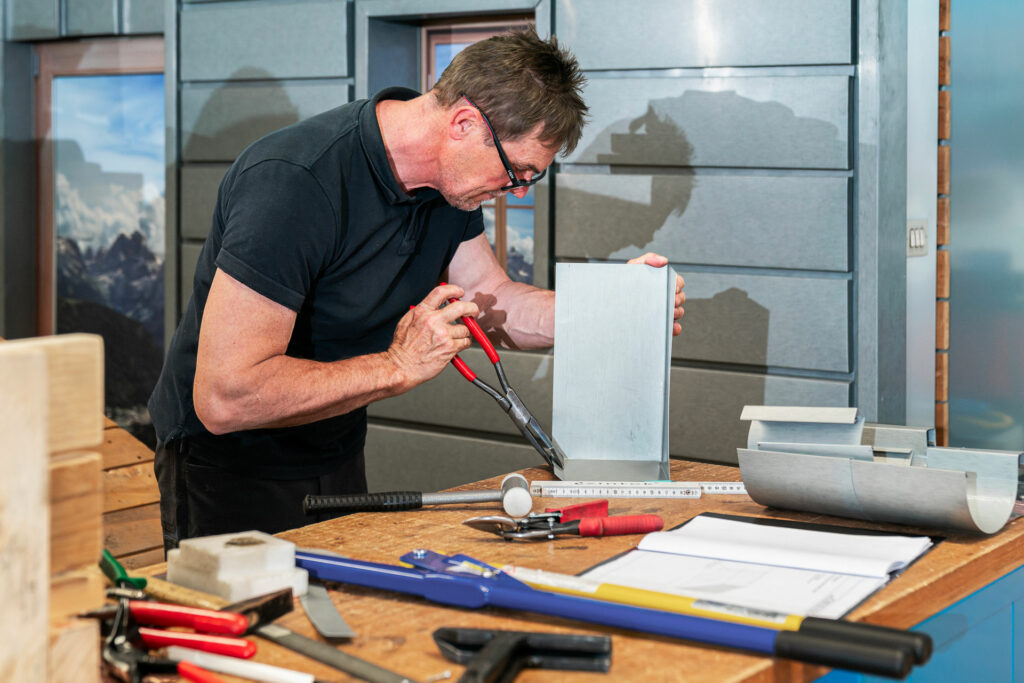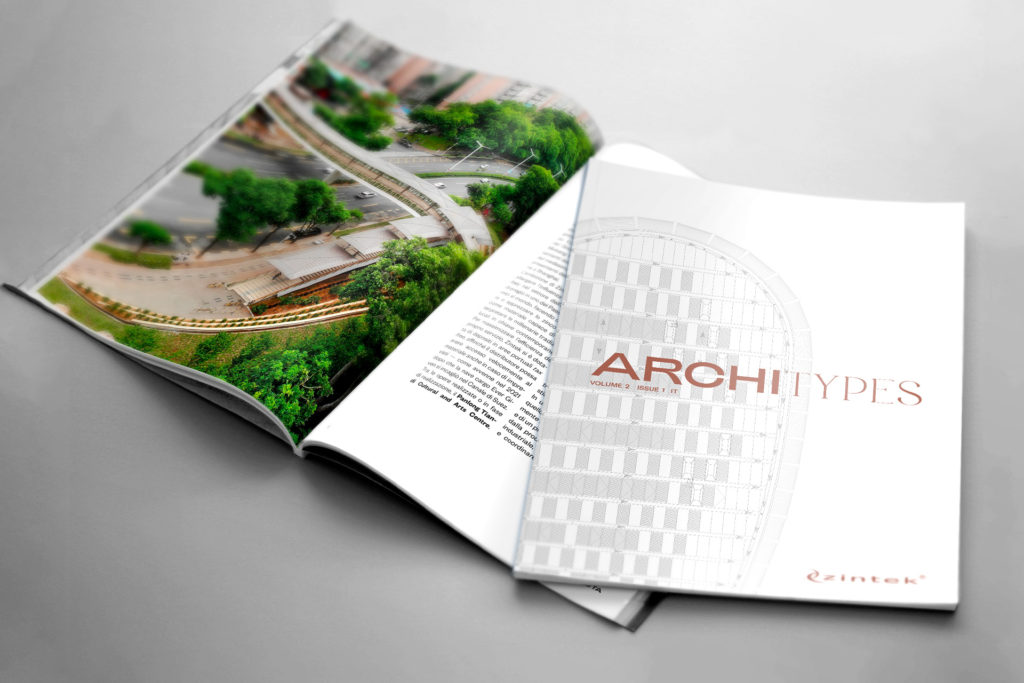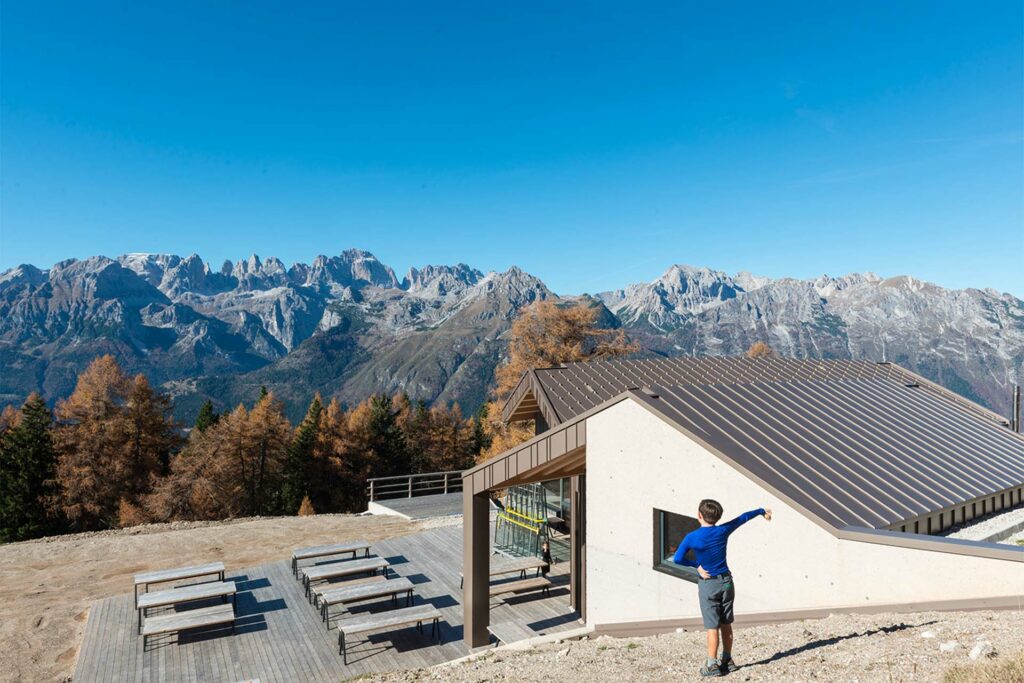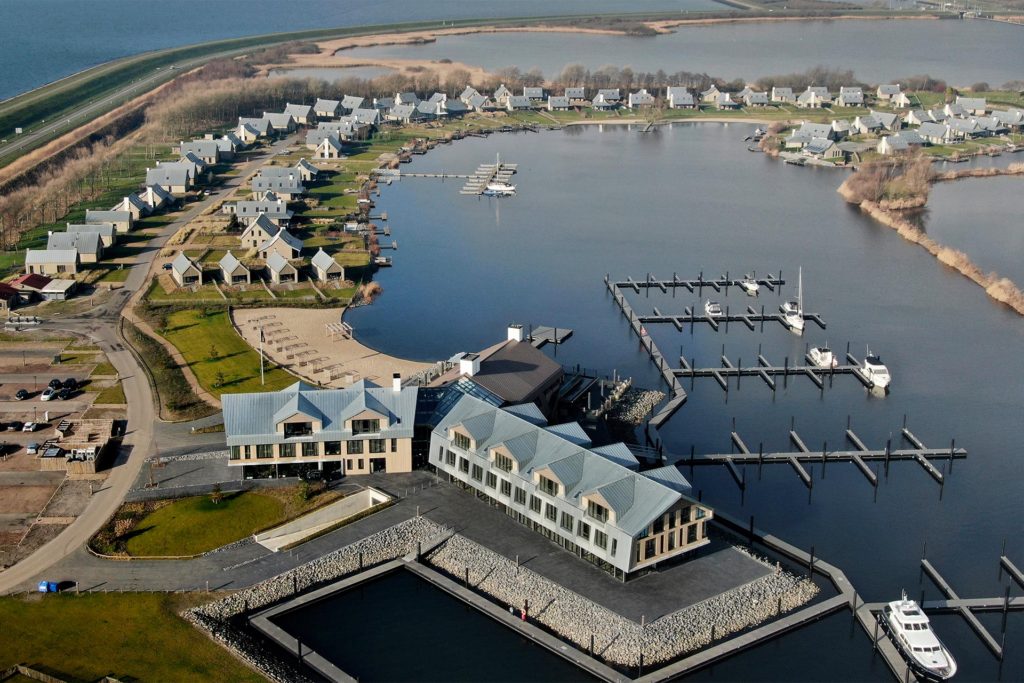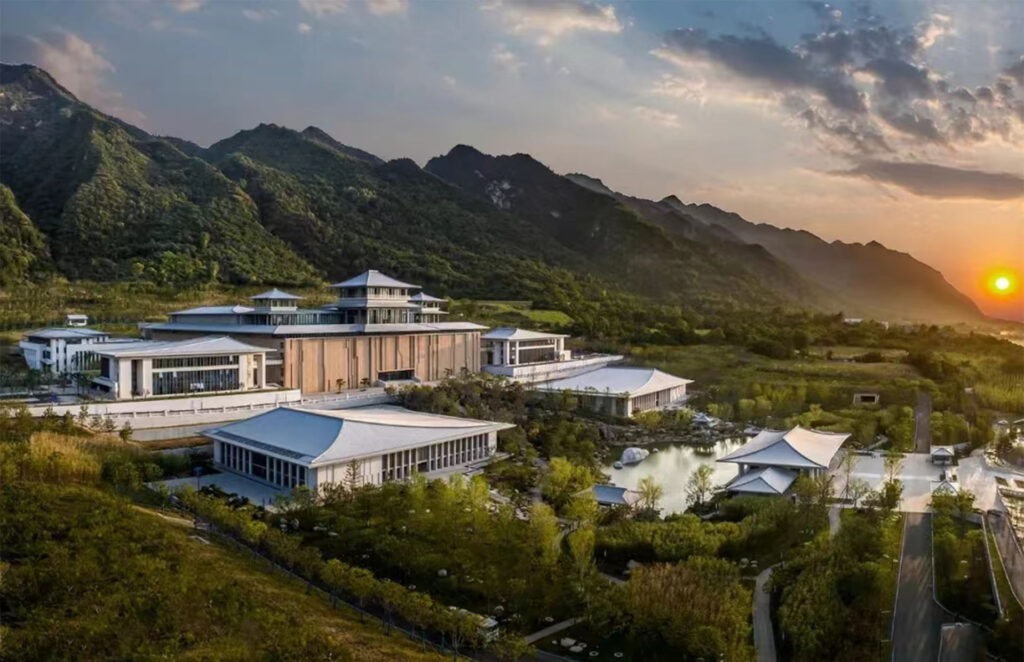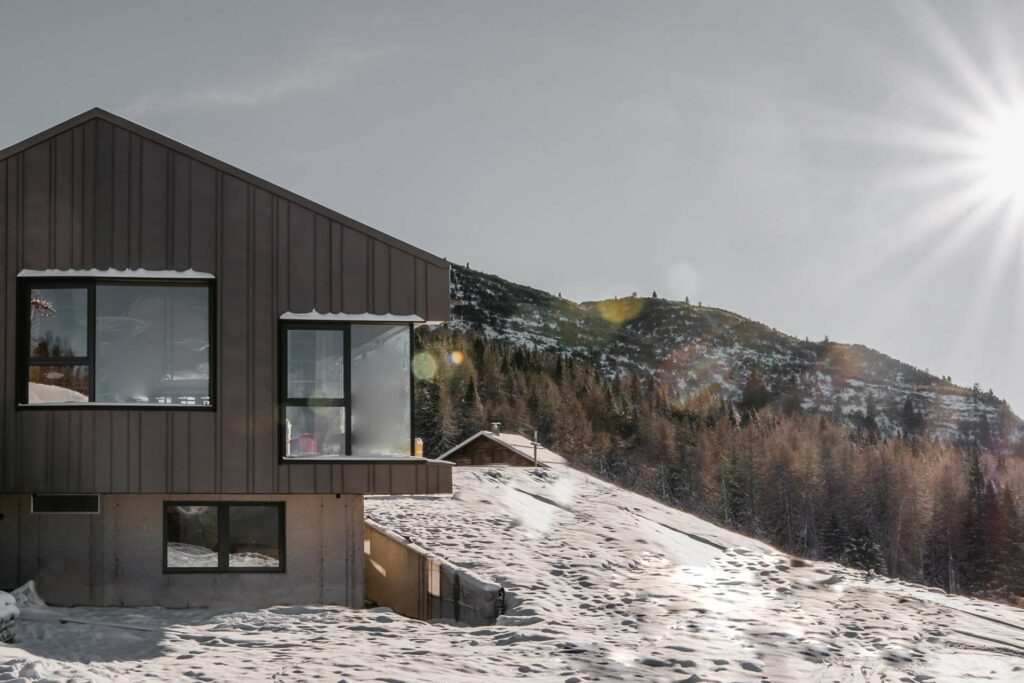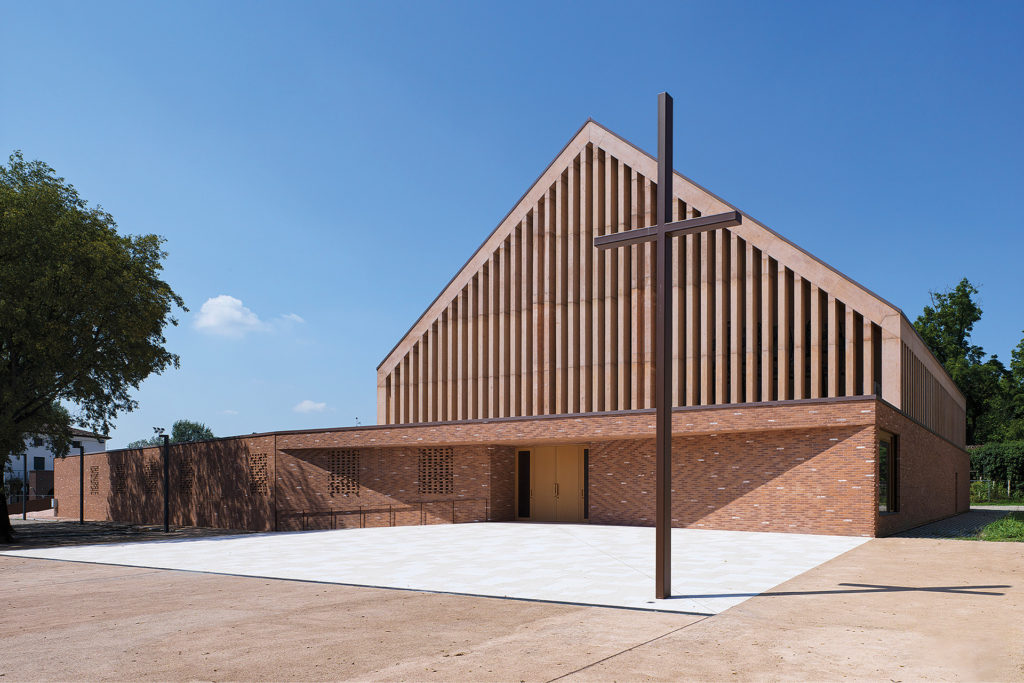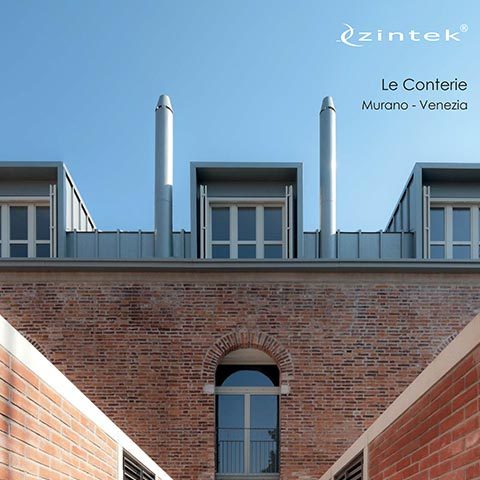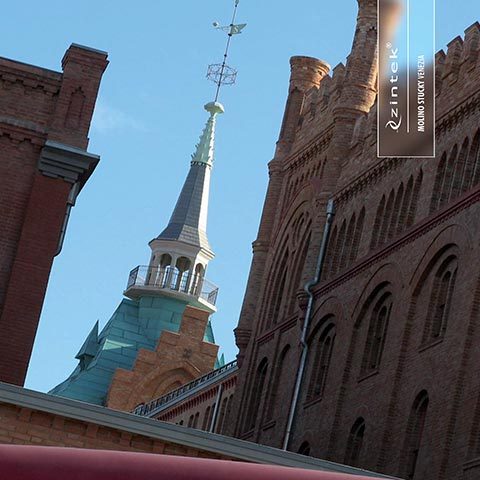“thus arranged by the sides of the canal, the houses evoked thoughts of natural places, yet a nature that forged its works with a human image.”
Marcel Proust
This is how Marcel Proust, one of the most important French writers, describes the experience of strolling around in Venice. Almost as if walking through its narrow streets suspended over the water and its squares (calli and campielli) that open suddenly after a succession of narrow streets, was an experience hardly comparable to any normal walk around the city. And how can you argue with him? Walking in Venice means in fact to literally float over 100 islands that compose it and draw its sinuous contours.

But to rewrite the forms of the capital of the lagoon over the years have also been the result of restoration and the variations in use of different buildings that, given the peculiarities of the area, have required skilful projects and delicate interventions in order to preserve the original charm of this place, a place for which the entire world envies us. Two examples of particularly successful restoration works are represented by Le Conterie and Molino Stucky. A former disabled industrial structure – it housed a factory for the production of glass beads, called “conterie” – and nowadays housing space, Le Conterie represent one of the happiest operations as it was guided by the desire to preserve the original structure and colors. This is what motivated the architect to maintain the red brick structure and to underline the former productive destination through essential forms and zintek® roofing, a material that adapts itself to the lagoon context due to its excellent resistance to natural elements, including water.

Different destination but same materials for another project that draws the attention to the recovery of the buildings which made the history of Venice: the former Molino Stucky. A typical example of 19th-century industrial architecture, the structure was transformed a few years ago into a 5-star hotel. A destination of use that obviously required an even greater caution and an even more careful selection of materials, so as not to betray the uniqueness of a building that, due to its particular features, has marked the history and the face of the city. For this purpose, also for the Molino Stucky there have been chosen materials with colors and characteristics as similar as possible to the original ones.

This is the case of the zinc that was originally used for the roofs, and that, in the new version, was replaced by zintek®, able to restore us also that dialogue made of reflections and optical illusions between water and sky, a dialogue to be considered by many the signature of Venice itself.

